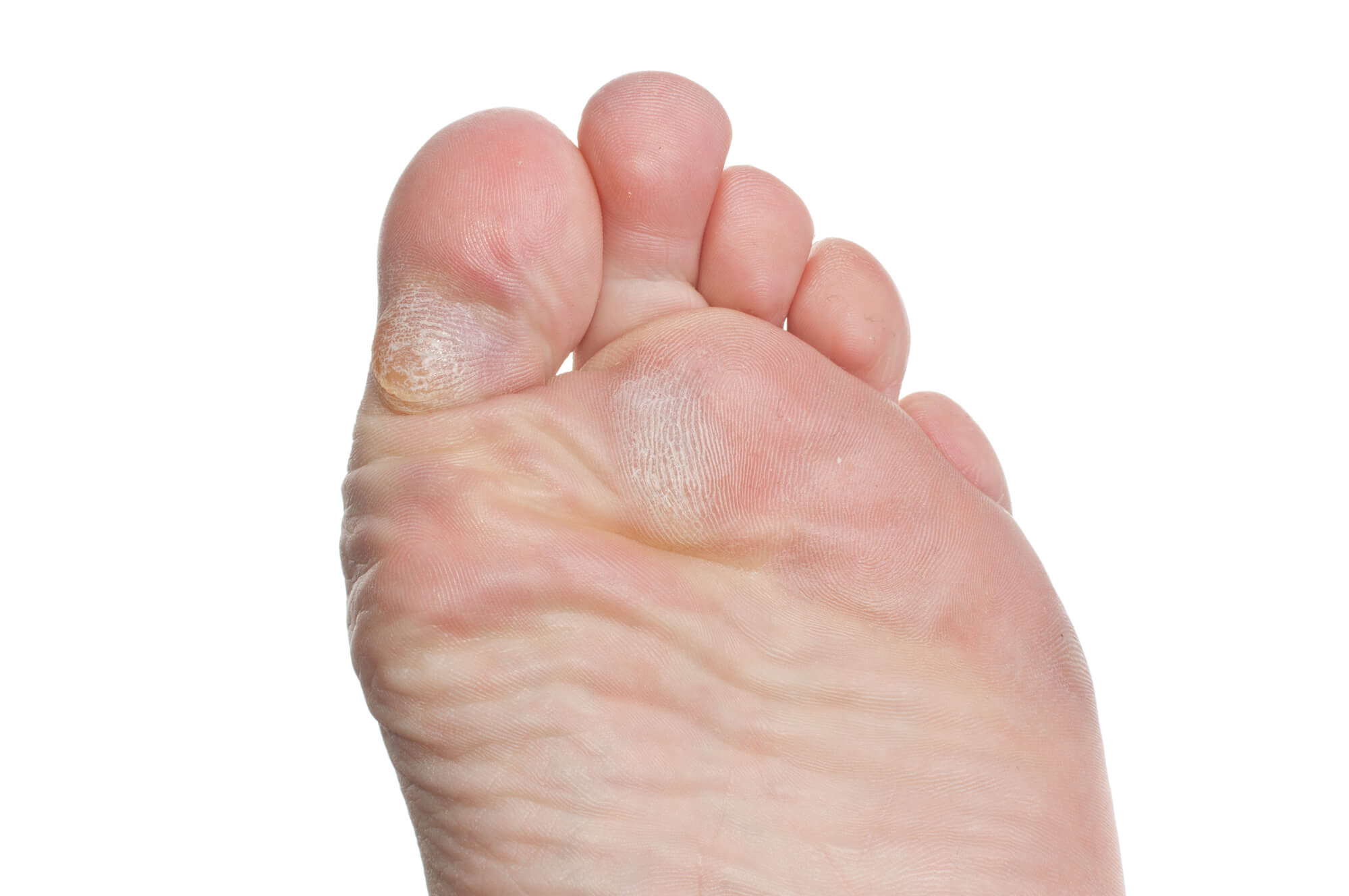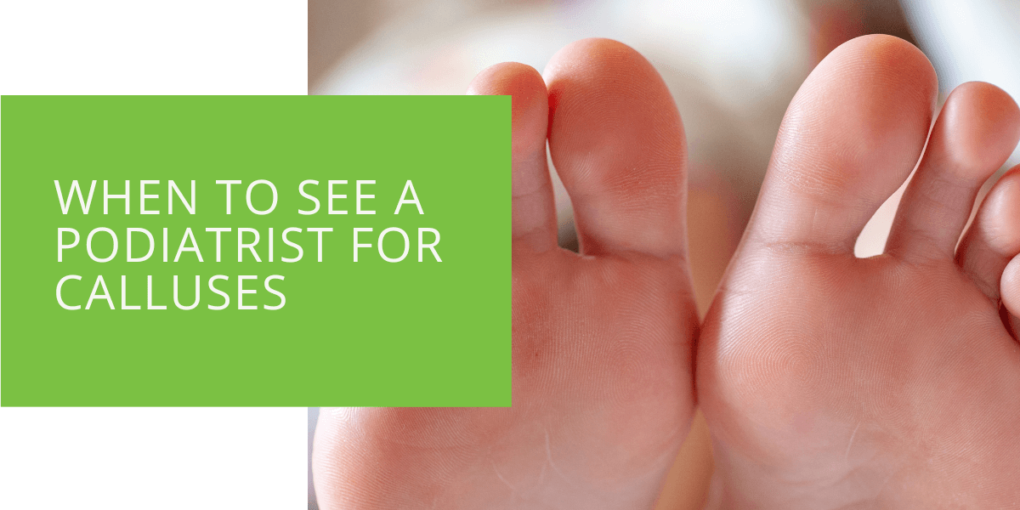When to See a Podiatrist for Calluses
Calluses are thick, hardened areas of skin that develop on the feet due to friction or irritation. While calluses are usually not painful and can be managed with at-home treatments, there are certain situations where it is necessary to see a podiatrist for medical treatment. This article will discuss when to see a podiatrist for calluses.
What are Calluses?
Calluses are areas of thickened, dead skin that form in response to repeated friction or irritation. They typically develop on the soles of the feet but can also occur on the toes or heel. Calluses are different from corns, which are smaller and typically more painful.
Symptoms of Calluses
Calluses are usually not painful, but they can cause discomfort or pain if they become too thick or are located in a sensitive area of the foot. Some common symptoms of calluses include:
- Thick, hardened skin on the feet
- Rough or dry patches of skin
- Yellow or grayish-brown discoloration of the skin
- Pain or tenderness when pressure is applied to the callus
When to Seek Medical Treatment
Most cases of calluses can be managed with at-home treatments, such as soaking the feet in warm water and gently using a pumice stone to remove the dead skin. However, it is important to see a podiatrist if you experience any of the following:
When at-home treatments are not effective
If your calluses do not improve with at-home treatments or become more painful over time, it is time to seek medical attention. The podiatrist can recommend additional treatments to help relieve the pain and discomfort caused by the callus.
When the calluses are painful and limit daily activities
If the calluses are located in an area that causes significant pain and limits your ability to perform daily activities, it is important to see a podiatrist. The podiatrist can recommend treatments to help alleviate the pain and discomfort, such as custom orthotics or debridement.
When there is bleeding or discharge from the calluses
If the calluses are bleeding or producing discharge, it may indicate an underlying infection or other condition. It is important to seek medical attention to prevent further complications.
When the calluses are located on the bottom of the foot, especially if they are deep and painful
Calluses on the bottom of the foot can become very painful, especially deep ones. This type of callus can also be a sign of an underlying condition, such as plantar fasciitis, and requires medical attention.
When the person has diabetes or circulation problems
People with diabetes or circulation problems are at an increased risk of complications from calluses, such as infections or foot ulcers. It is important for them to see a podiatrist regularly to monitor their foot health and prevent complications.

What to Expect During a Podiatrist Visit
During your visit to a podiatrist for calluses, the doctor will examine your feet and ask about your medical history. They may also take X-rays or other imaging tests to get a better look at the affected area. Based on their findings, the podiatrist will recommend a treatment plan tailored to your specific needs.
Treatment Options
Several treatment options are available for calluses, depending on the severity of the condition. Here are some of the most common treatment options:
Conservative measures
Conservative measures include at-home treatments, such as soaking the feet in warm water and gently using a pumice stone to remove the dead skin. The podiatrist may also recommend using callus cushions or moisturizers to help alleviate the pain and discomfort caused by the callus.
Custom orthotics
If the calluses are caused by an underlying foot or ankle condition, the podiatrist may recommend custom orthotics to help redistribute pressure and prevent further callus formation.
Debridement
Debridement is a procedure in which the podiatrist carefully removes the thickened skin to relieve the pressure and pain caused by the callus. This is typically done using a scalpel or other cutting tool.
Surgery (rarely needed)
In rare cases, surgery may be needed to remove the callus. This is typically only done if the callus is causing severe pain or other complications.
Preventing Calluses
Preventing calluses is key to avoiding the condition altogether. Here are some tips to help prevent calluses:
- Wear properly fitted shoes with adequate support.
- Avoid shoes that are too tight or too loose.
- Wear socks that wick away moisture.
- Use moisturizers to keep the feet soft and supple.
- Avoid activities that put pressure on the feet.
If you have diabetes or circulation problems, it is especially important to take preventive measures to avoid developing calluses. You should also see a podiatrist regularly to monitor your foot health and prevent complications.
Conclusion
While most cases of calluses can be managed with at-home treatments, it is important to see a podiatrist if the calluses are painful or persistent. A podiatrist can recommend additional treatments to help alleviate the pain and discomfort caused by the callus. By taking preventive measures and following the advice of your podiatrist, you can keep your feet healthy and pain-free.

